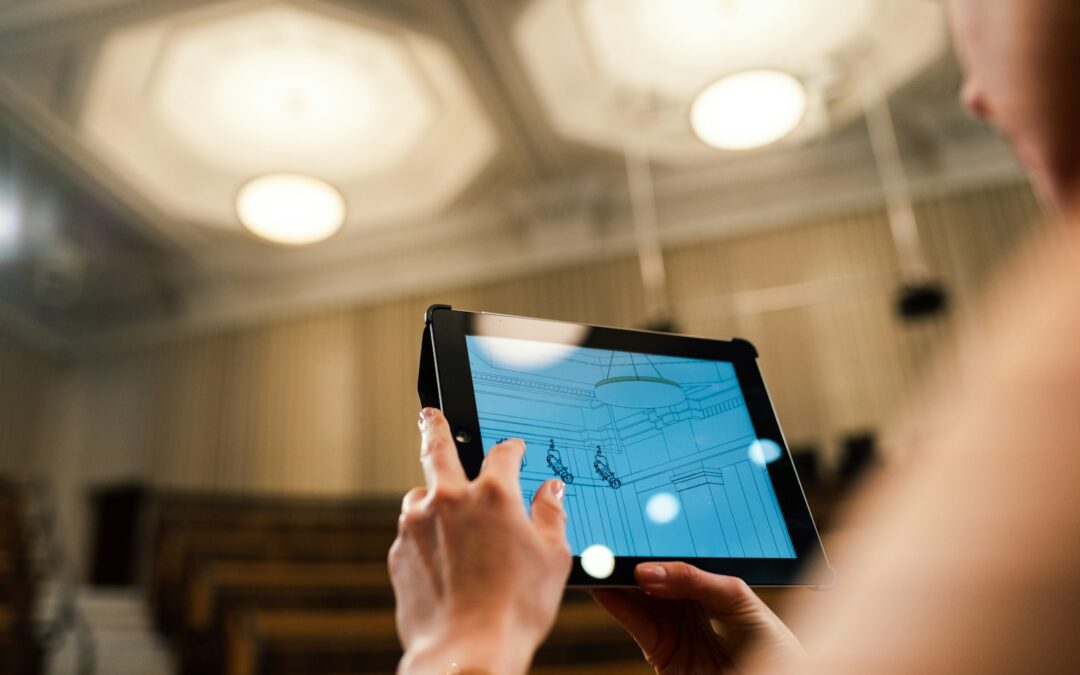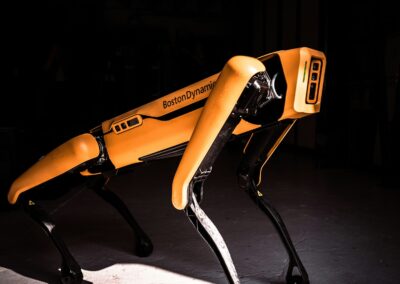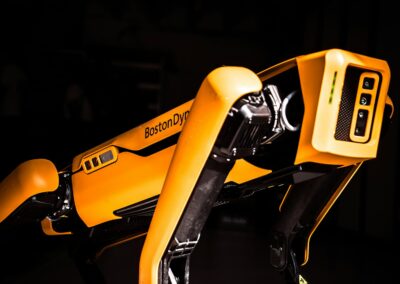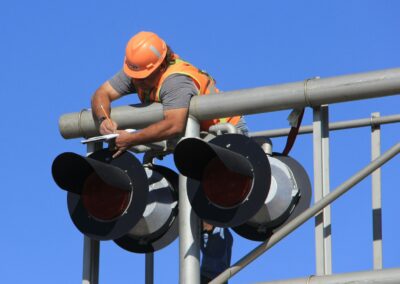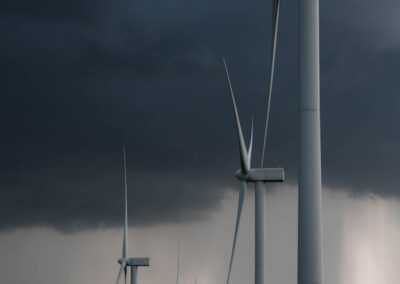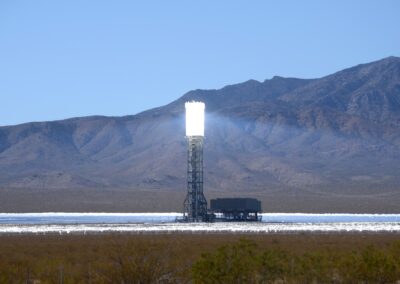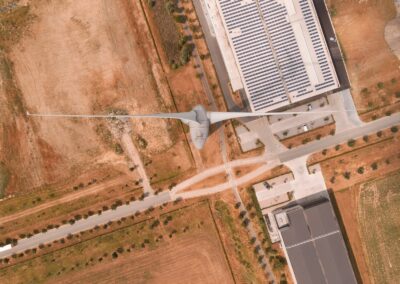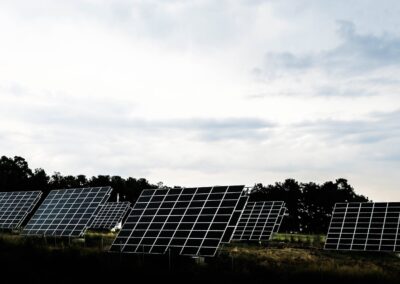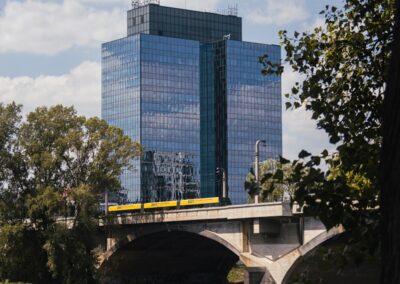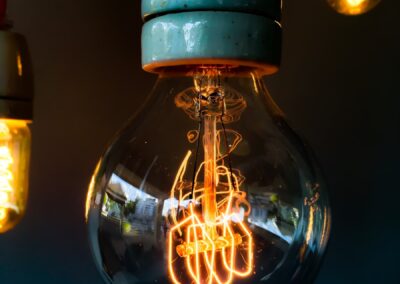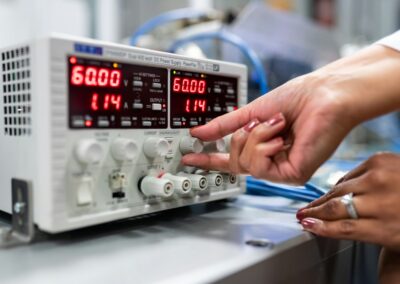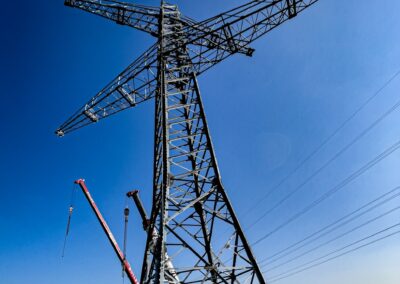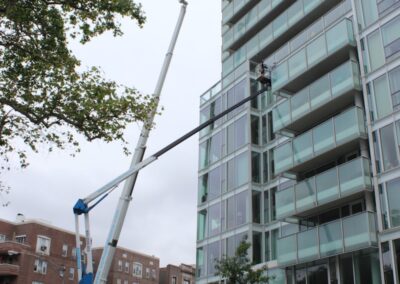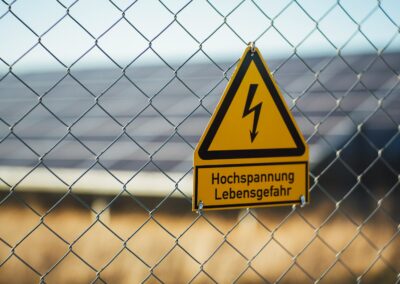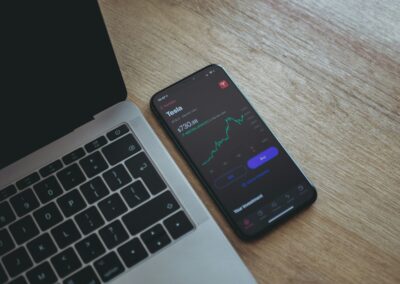Introduction to Digital Twins in Predictive Maintenance
The application of digital twins in predictive maintenance can significantly improve the safety and resilience of energy infrastructure. Digital twins are virtual replicas of physical systems that allow for real-time monitoring, simulation, and analysis. By leveraging digital twins, energy companies in regions like Saudi Arabia, the UAE, Riyadh, and Dubai can proactively manage and maintain their infrastructure, preventing failures and optimizing performance.
Digital twins integrate data from various sources, including IoT sensors, to create a comprehensive model of an asset or system. This model can be used to predict when maintenance is needed, reducing downtime and costs associated with unexpected failures. For business executives, mid-level managers, and entrepreneurs, understanding the benefits and applications of digital twins in predictive maintenance is crucial for staying ahead in the competitive energy sector.
Improving Safety with Real-Time Monitoring
One of the primary benefits of using digital twins in predictive maintenance is the ability to improve safety through real-time monitoring. Traditional maintenance approaches often rely on scheduled inspections, which can miss early signs of wear and tear. Digital twins, however, continuously monitor the condition of assets, providing immediate alerts when anomalies are detected.
For instance, in the bustling energy sectors of Dubai and Riyadh, real-time monitoring through digital twins can help identify potential issues before they escalate into major problems. By analyzing data from sensors, digital twins can detect signs of equipment degradation, such as temperature fluctuations, vibration changes, or unusual sounds. This early detection allows maintenance teams to address issues promptly, preventing accidents and ensuring the safety of workers and the public.
In Saudi Arabia, where energy infrastructure spans vast and often remote areas, digital twins offer a reliable solution for monitoring assets that are difficult to access. Real-time data transmission to a centralized system enables continuous oversight of infrastructure conditions, enhancing overall safety and reducing the risk of catastrophic failures.
Enhancing Resilience Through Predictive Analytics
The integration of digital twins in predictive maintenance not only improves safety but also enhances the resilience of energy infrastructure. Predictive analytics, powered by AI and machine learning, enable digital twins to forecast future performance and identify potential failure points. This foresight allows energy companies to plan maintenance activities strategically, ensuring that critical components are serviced before they fail.
In the UAE, where energy demand is constantly growing, maintaining resilient infrastructure is essential to support economic development and population growth. Digital twins can simulate various scenarios, such as extreme weather conditions or sudden spikes in energy consumption, to assess the resilience of infrastructure. By understanding how assets will perform under different conditions, energy companies can implement measures to strengthen weak points and ensure continuous operation.
Moreover, digital twins facilitate better resource allocation by predicting the lifespan of components and scheduling maintenance at optimal times. This proactive approach reduces the likelihood of unexpected outages, which can have significant financial and operational impacts. For business leaders in the energy sector, investing in digital twin technology represents a forward-thinking strategy to enhance infrastructure resilience and reliability.
Case Studies and Future Prospects
As technology continues to evolve, the role of digital twins in predictive maintenance is expected to expand, driven by advancements in Artificial Intelligence (AI), Blockchain, and the Metaverse. These innovations will enhance the capabilities of digital twins, enabling even more sophisticated analysis and predictions.
Case Study: Saudi Arabia’s Energy Sector
In Saudi Arabia, the integration of digital twins in the energy sector has shown promising results. One notable example is the use of digital twins in monitoring and maintaining the country’s extensive oil and gas pipelines. By creating virtual replicas of these pipelines, engineers can monitor flow rates, pressure levels, and temperature variations in real time. This information allows for timely interventions to prevent leaks and ruptures, safeguarding both the environment and the economy.
Furthermore, digital twins have been instrumental in optimizing the performance of Saudi Arabia’s renewable energy projects. For instance, in large-scale solar farms, digital twins can track the condition of solar panels and predict when cleaning or replacement is needed. This proactive maintenance approach ensures maximum energy output and prolongs the lifespan of the panels, contributing to the country’s sustainability goals.
Future Prospects: AI, Blockchain, and the Metaverse
Looking ahead, the integration of AI, Blockchain, and the Metaverse will further revolutionize the application of digital twins in predictive maintenance. AI algorithms can analyze vast amounts of data collected by digital twins, identifying patterns and trends that human analysts might miss. This advanced analysis will improve the accuracy of maintenance predictions and enable more effective decision-making.
Blockchain technology offers a secure and transparent way to manage and share data among stakeholders. In the context of digital twins, Blockchain can ensure the integrity of data used for predictive maintenance, enhancing trust and collaboration among energy providers, regulators, and consumers. This technology can also facilitate the creation of decentralized maintenance ecosystems, where multiple parties can contribute to and benefit from shared data.
The Metaverse, a virtual reality space where users can interact with digital environments, presents exciting possibilities for energy infrastructure management. Digital twins can be visualized and manipulated within the Metaverse, providing an immersive and interactive way to monitor and optimize assets. This approach can improve stakeholder engagement, support training and simulation exercises, and enable remote collaboration.
Conclusion: The Future of Energy Infrastructure
In conclusion, the application of digital twins in predictive maintenance represents a transformative advancement in the management of energy infrastructure. By providing real-time data and advanced analytics, digital twins enhance the safety and resilience of assets, reducing costs and improving operational efficiency. For business executives, mid-level managers, and entrepreneurs in Saudi Arabia, the UAE, Riyadh, and Dubai, embracing this technology is essential to staying competitive and promoting sustainable practices.
As AI, Blockchain, and the Metaverse continue to develop, the capabilities of digital twins will only grow, offering even more sophisticated tools for energy management. By integrating these technologies, stakeholders can ensure that their energy systems are efficient, resilient, and capable of meeting the demands of the future.
—
#DigitalTwins #PredictiveMaintenance #EnergyInfrastructure #Safety #Resilience #SaudiArabia #UAE #Riyadh #Dubai #ArtificialIntelligence #Blockchain #TheMetaverse #ExecutiveCoaching #GenerativeAI #ModernTechnology #BusinessSuccess #LeadershipSkills #ProjectManagement

